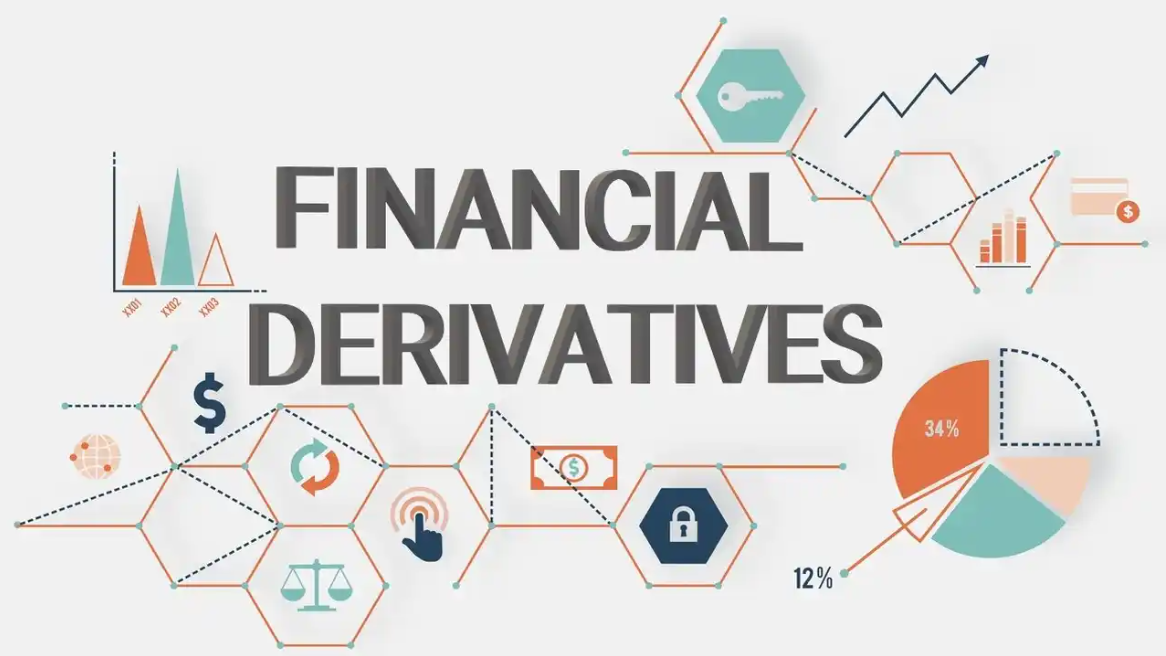Financial derivatives are powerful instruments that play a crucial role in modern finance, enabling investors to manage risk, speculate on price movements, and enhance portfolio returns. While derivatives can be complex and sophisticated, they are essential tools for hedging against market volatility and unlocking new opportunities for investors. In this comprehensive guide, we’ll delve into the world of financial derivatives, exploring their fundamental concepts, types, and real-world applications.
Understanding Financial Derivatives
Financial derivatives are contracts or instruments whose value is derived from the performance of an underlying asset, index, or benchmark. These underlying assets can include stocks, bonds, commodities, currencies, interest rates, or even other derivatives. Derivatives allow investors to gain exposure to the price movements of these assets without actually owning them, providing a cost-effective way to hedge risk or speculate on market outcomes.
Types of Financial Derivatives
1. Futures Contracts
Futures contracts are standardized agreements to buy or sell an underlying asset at a specified price on a future date. Futures are commonly used by investors to hedge against price fluctuations or to speculate on the future direction of asset prices. Common types of futures contracts include equity futures, commodity futures, and interest rate futures.
2. Options Contracts
Options contracts give the holder the right, but not the obligation, to buy (call option) or sell (put option) an underlying asset at a predetermined price (strike price) within a specified period (expiration date). Options are used for various purposes, including hedging against price risk, generating income through covered call writing, or speculating on market movements.
3. Swaps
Swaps are agreements between two parties to exchange cash flows or financial instruments based on predetermined terms. Common types of swaps include interest rate swaps, currency swaps, and commodity swaps. Swaps are often used by investors to manage interest rate or currency risk, as well as to customize their exposure to specific market factors.
4. Forwards Contracts
Forwards contracts are similar to futures contracts but are customized agreements between two parties to buy or sell an underlying asset at a specified price on a future date. Forwards are commonly used in over-the-counter (OTC) markets to tailor contract terms to the specific needs of the parties involved.
Applications of Financial Derivatives
1. Risk Management
One of the primary uses of financial derivatives is risk management, allowing investors to hedge against adverse price movements and protect their portfolios from market volatility. For example, a company may use futures contracts to hedge against fluctuations in commodity prices, while an investor may use options to protect their stock holdings from downside risk.
2. Speculation
Financial derivatives also offer opportunities for speculation, allowing investors to profit from anticipated price movements in the underlying assets. Speculators may use futures, options, or other derivatives to capitalize on short-term market trends or to take directional bets on the future direction of asset prices.
3. Portfolio Diversification
Derivatives can be used to enhance portfolio diversification by gaining exposure to asset classes or market factors that are not readily accessible through traditional investments. For example, investors may use derivatives to gain exposure to foreign currencies, commodities, or alternative investments such as volatility indices.
4. Income Generation
Certain derivatives strategies, such as covered call writing and selling options premiums, can be used to generate income in a portfolio. By selling options contracts, investors can collect premiums while assuming limited risk, providing a source of income that can enhance overall portfolio returns.
Risks Associated with Financial Derivatives
While financial derivatives offer various benefits, they also come with inherent risks that investors should be aware of. These risks include:
- Leverage Risk: Derivatives often involve the use of leverage, which can amplify both gains and losses.
- Counterparty Risk: OTC derivatives expose investors to counterparty risk, the risk that the other party may default on their obligations.
- Market Risk: Derivatives are sensitive to changes in market conditions, including fluctuations in interest rates, currency exchange rates, and asset prices.
- Liquidity Risk: Some derivatives may have limited liquidity, making it difficult to buy or sell them at favorable prices.
Conclusion
In conclusion, financial derivatives are powerful instruments that offer investors a wide range of opportunities for managing risk, enhancing returns, and gaining exposure to different asset classes and market factors. Whether used for hedging, speculation, or portfolio diversification, derivatives play a crucial role in modern finance and are essential tools for navigating today’s complex and dynamic investment landscape.





